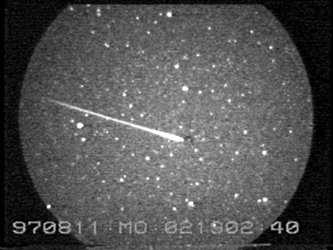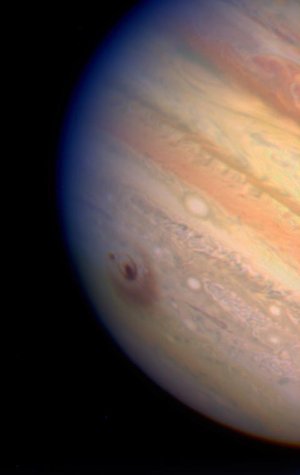25 July
2003: On 25 July 2003, astronomers using ESA’s X-ray observatory, XMM-Newton, announced that they had discovered a pair of X-ray tails, stretching 3 million million kilometres across the sky. They emanate from the mysterious neutron star known as Geminga. The discovery gave astronomers new insight into the extraordinary conditions around the neutron star.
A neutron star measures only 20-30 kilometres across and is the dense remnant of an exploded star. Geminga is one of the closest to Earth, at a distance of about 500 light-years. Most neutron stars emit radio emissions, appearing to pulsate like a lighthouse, but Geminga is 'radio-quiet'. It does, however, emit huge quantities of pulsating gamma rays making it one of the brightest gamma-ray sources in the sky. Geminga is the only example of a successfully identified gamma-ray source from which astronomers have gained significant knowledge.















 Germany
Germany
 Austria
Austria
 Belgium
Belgium
 Denmark
Denmark
 Spain
Spain
 Estonia
Estonia
 Finland
Finland
 France
France
 Greece
Greece
 Hungary
Hungary
 Ireland
Ireland
 Italy
Italy
 Luxembourg
Luxembourg
 Norway
Norway
 The Netherlands
The Netherlands
 Poland
Poland
 Portugal
Portugal
 Czechia
Czechia
 Romania
Romania
 United Kingdom
United Kingdom
 Slovenia
Slovenia
 Sweden
Sweden
 Switzerland
Switzerland
































